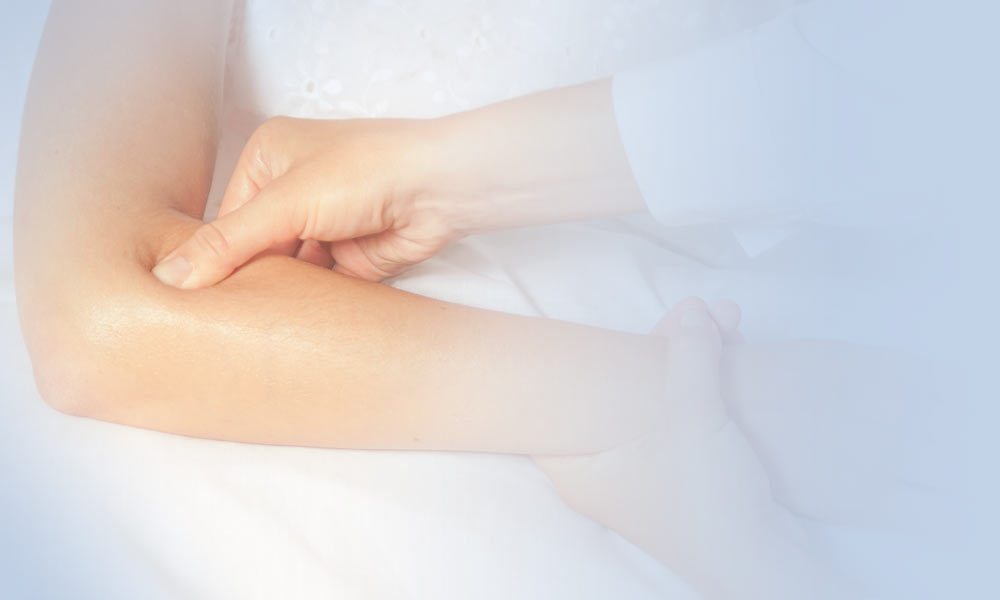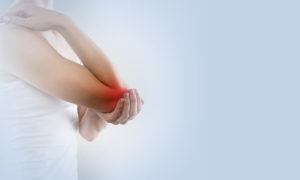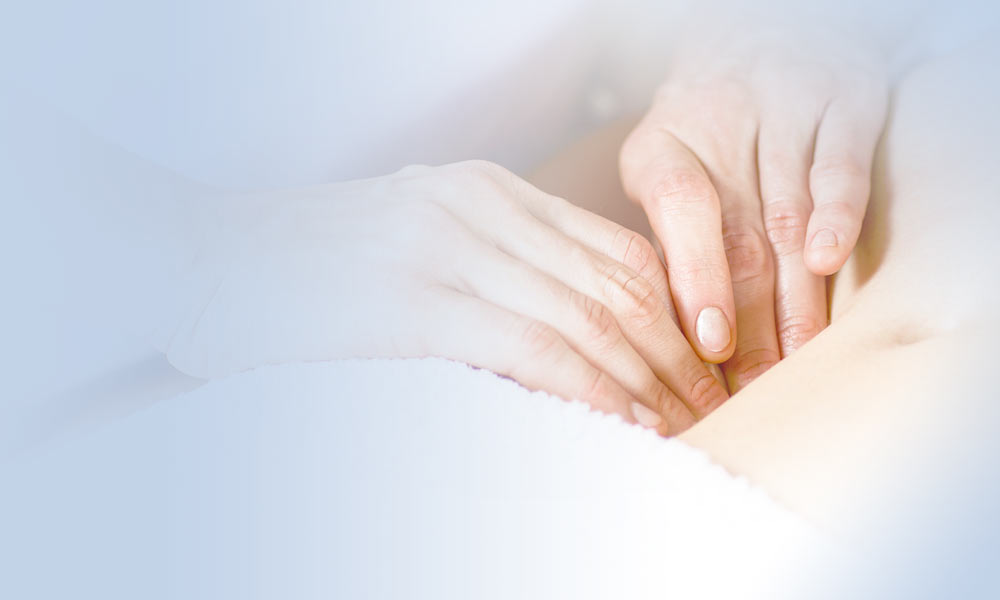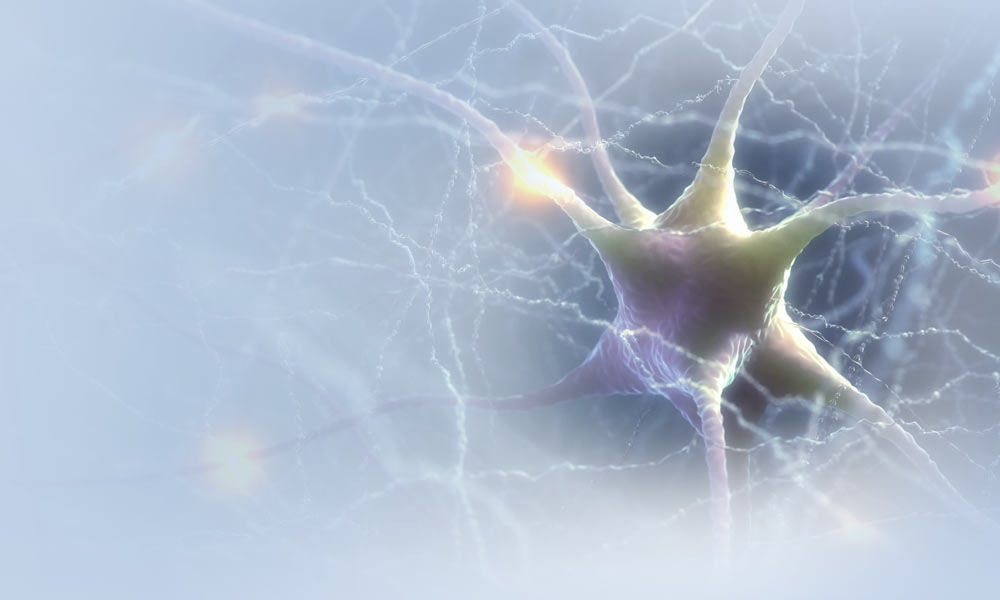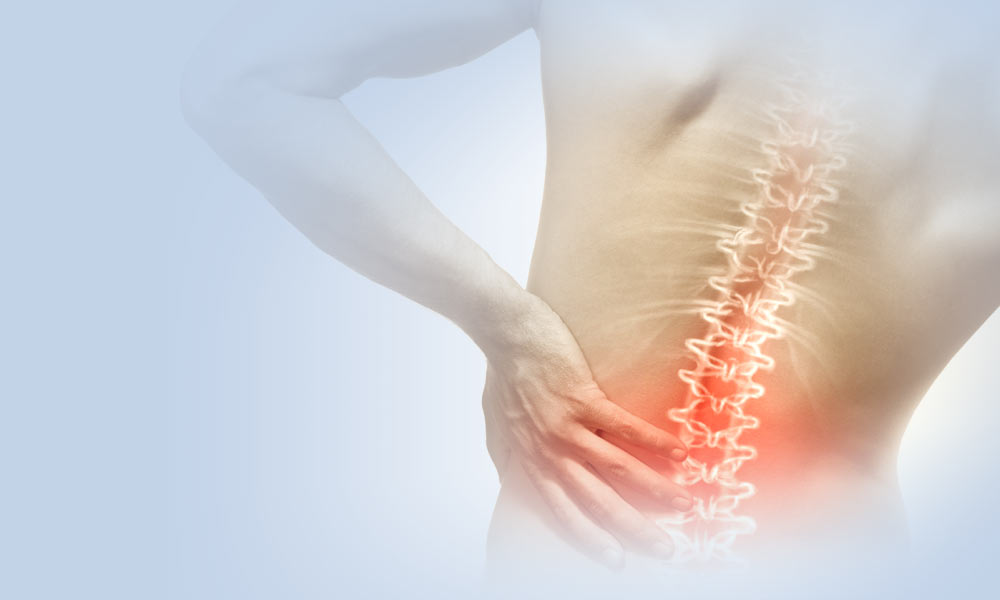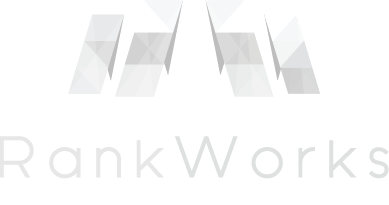Your trunk and pelvis form a boney, muscular, fascial outer shell to protect and encase all of your internal organs. Your organs are not just loosely floating around in the abdomen; they are mostly supported by tissue called fascia and pleura. The whole thing is a sealed system under pressure that squishes everything tightly together; each organ is wrapped in its own pleura and bathed in a little bit of fluid so it can slide and move around or over its neighboring organs. Things that affect the pressures in the system or the ability of the organs to slide and move around in their close quarters will affect the ability of the body to move and function properly.
Pregnancy, abdominal surgery, infection, jarring injuries and gut inflammation/sensitization (from an improper diet) can all affect the mobility of your organs or viscera. Pregnancy involves a lot of stretching and reorganizing of most everything in a woman’s abdomen; this happens gradually over nine months and the body amazingly figures out how to create space for a whole other person in there. The issues can arise more during and after labor when everything is asked to change in a relatively short period of time. There is a huge pressure change and all of a sudden organs can start dropping back down; whether they find their proper, functional place to be depends on how the labor went, how much damage there was to the supportive muscles and if any surgery was done.
C-Sections are a much more invasive surgery than most people realize, but any abdominal surgery will create ‘stickiness’ in the viscera. There are 2 things that the abdomen is not meant to come in direct contact with: air and blood. In abdominal surgeries, the abdomen is either exposed to ambient air or it is pumped in to make room for laproscopic procedures. As previously mentioned, your organs are bathed in a small amount of fluid to allow them to slide around as you move; any time you expose the abdomen to air and surgical lights it is bound to create some dryness or stickiness that restricts normal mobility of the organs. Fibrin in blood also can cause adhesions to develop thereby decreasing visceral mobility. Visceral manipulation involves light to firm pressure to assess and treat these restrictions to help restore mobility of the abdominal contents and between the abdominal wall itself.
Because the fascial wrappings of your organs are essentially one big continuous piece of connective tissue, restrictions in one area can manifest as symptoms in other areas. A good analogy is to wear a relatively tight T-shirt and twist a piece in one corner up into a knot. You will likely see and feel the pull from your lower left abdomen all the way up in your right shoulder; this same concept effectively happens inside you. Your body will start to ‘hug’ or protect the area of restriction which leads to alignment issues and compensatory movement patterns. Alignment issues and poor movement patterns tend to lead to pain and tension in the boney and muscular systems; treating these usually helps provide relief, but if the problem just keeps coming back, it is quite likely that the root of the problem may be a visceral restriction.


